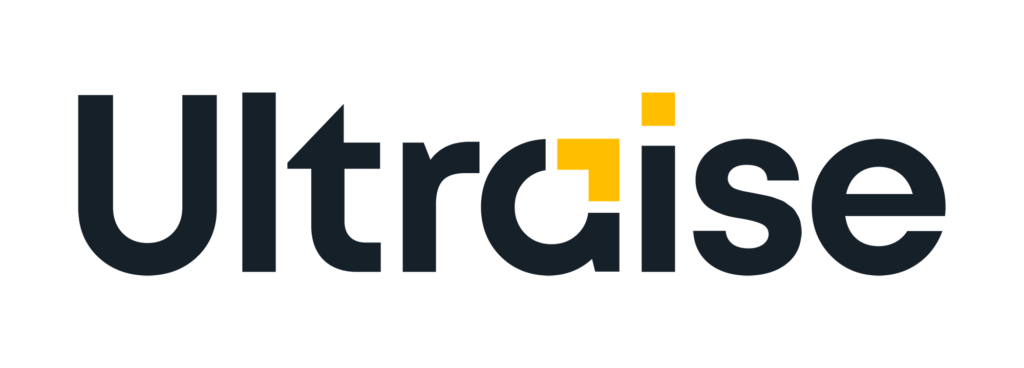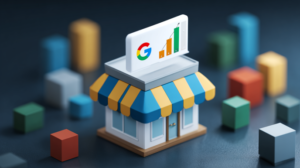In today’s age, every brand should have an online identity. Some brands put a lot of effort into raising awareness through digital marketing. However, not all brands do it the right way.
Building a strong brand online requires hard work and dedication.
And most times, it will require using different marketing channels.
Brands that build their online presence correctly have a strong awareness and enjoy more leads, clients, and sales. This post will cover the best practices and tips to build a strong brand online for any business.
So, how to build a strong brand online?
Table of Contents
Toggle1) Define your brand identity
Before starting the brand-building process, think about its identity – How is the brand different from other brands, and what are the core values of the brand? What do you want your target audience (and people in general) to think about your brand when encountering it?
Once you answer these questions, you will better know what you want to achieve, and then it’s time to plan the process of building a strong brand online.
2) Create the winning visual identity
You know what marketing message your brand needs to deliver, so it’s time to create a compelling visual identity that represents your brand in the best way possible.
Creating a visual identity for your brand includes creating a logo, website, email signature, social media pages, landing pages, social media post templates, brand tagline, font, colors, and more.
As for elements requiring graphic design skills, it’s best to work with a professional graphic designer to achieve the best results possible.
Even though brands can rebrand themselves, having your best brand visual identity is crucial to establishing a strong online presence right from the beginning.

AD:
3) Create high-quality content
Creating social media pages and a website is not enough. To be remembered by your target audience, post quality content regularly.
You define your brand and what people think about it based on the content you post on your website and social media platforms.
Before writing content, ask yourself what you would like to achieve by writing it, and focus on providing real value to your target audience and making the content align with your brand identity.
For example, Ultraise is a digital marketing agency that helps raise as many businesses through efficient digital marketing. So we deliver that marketing message on our website, blog posts, social media posts, etc.
4) Be active on social media
Brands that don’t upload content may look like abandoned/old-school businesses. Show your target audience that your business is up and running by posting consistently on your relevant social media platforms.
Being active on social media also means replying to people who engage with your brand. For example, when you upload a post and someone leaves a comment, reply to that comment because it may hurt your brand’s credibility if you don’t.
The same goes for direct messages, post tagging, and more. Maintain an active online presence by responding to everyone who interacts with your brand and showing them respect.
Using influencer marketing can also help build a strong brand online. Learn how to do it right in this post.
This great video shows how to stay consistent with uploading content on social media:
AD:
5) Promote your brand
Don’t be afraid of using paid advertising platforms like Meta Ads, Google Ads, and more to boost your brand awareness and generate more leads.
Start with the minimum marketing budget you can afford for your brand and promote your posts to relevant audiences so more people will know your brand.
As you progress with your business, increase the marketing budget to scale the growth of your brand and optimize the campaigns for the best results.
If you don’t have a marketing budget at all, Guerrilla marketing might be useful to you. Learn more about it in this post.

To conclude,
Keeping consistent and promoting your brand to the same audiences is the key to building a strong brand online. Build a winning brand awareness, learn from your competitors, and stay on top of industry trends.
In the long run, that will lead to more leads, clients, and sales.
AD:





